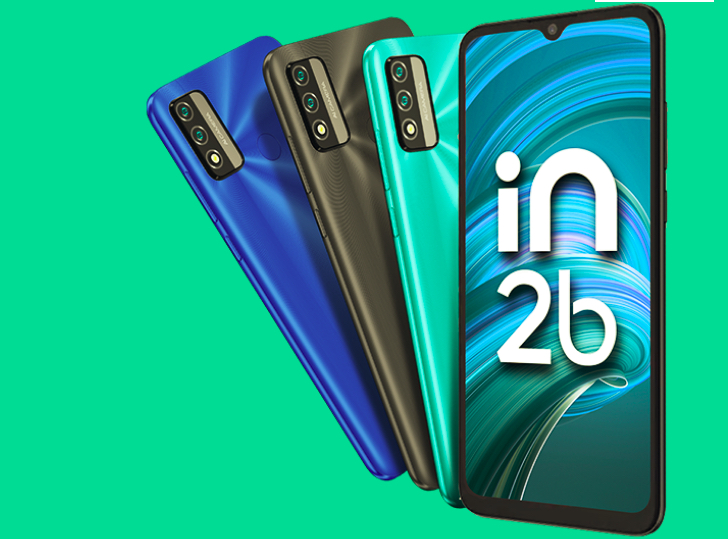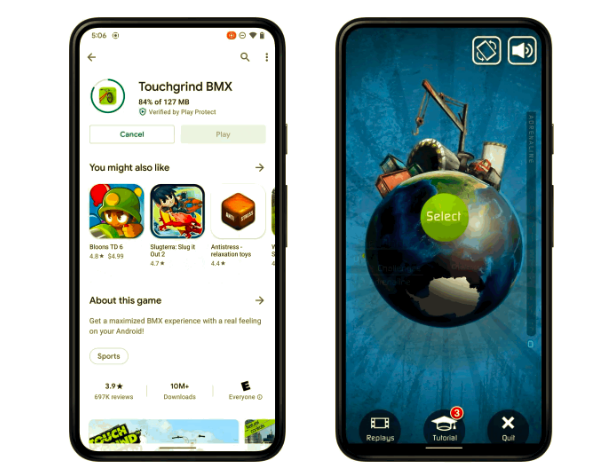
Same day. Two Korean sites with two different Galaxy Note 4 rumors. I guess when it rains, it pours. Earlier, Korea Times was quoted saying the Galaxy Note 4 will come in two variants with either a curved or a regular OLED display. Now, The Korea Herald has a source claiming the Note 4 may launch with a small area-type fingerprint sensor, like the iPhone 5S’ Touch ID. Does this seem too far-fetched given that Samsung’s Galaxy S5 uses the swipe-type sensor? Not really. I dug through for hints.
First, The Korea Herald’s article is quite mum on details, with only one quote from an “industry watcher who declined to be identified” saying: “Samsung Electronics is considering fingerprint sensors on its Galaxy Note 4 that may be area-type sensors instead of Galaxy S5’s swipe-type sensors.”
That is both vague and quite a non-binding rumor. So I tried to look for clues that this “industry watcher” had seen, and this is what I found.
Synaptics, the biometrics company supplying Samsung with its swipe-type sensor (ie. you swipe your whole fingertip across) is not supplying OEMs other than Samsung right now. The company’s president and CEO, Richard Bergman, discussed during the company’s Fiscal Q2 2014 earning call (essentially Q4 2013 for us mortals — I know, confusing!) the acquisition of Validity, which is where Synaptics got its fingerprint technology from, and stats of the fingerprint market going from 30 million units in 2013 to more than 500 million units in 2016. The most interesting tidbit to us though is this:
We are also sampling a small area sensor with customers. We expect to see a number of solutions in the market by the second half of the calendar year 2014, which will be a combination of slide and small area sensors depending on the OEM’s need and time-to-market requirements.
It shows that Synaptics already had a working small area-type sensor (ie. you simply place your finger on it and it’s scanned) by January 2014, and was shopping it around CES to different OEMs for inclusion in their late 2014 products. Given that the Galaxy Note 4 is slated to launch around September 2014 and that Synaptics’ tightest relationship is with Samsung at this point, it might not be that much of a stretch to think that the Note 4 would be one of those products. After all, the only way fingerprint sensors could gain this much marketshare would be by being included in flagship devices that sell in tens of millions each quarter, like the iPhone and the Galaxy S and Note line.
It’s really speculation at this point, but it’s plausible. And to be honest, this would be a very welcome change from the Galaxy S5’s swipe-type sensor, which is useless some times, erratic most times, and cumbersome at all times.

















